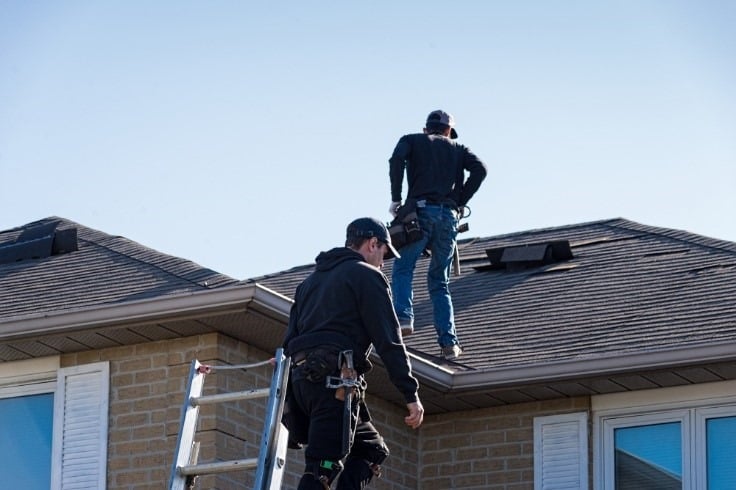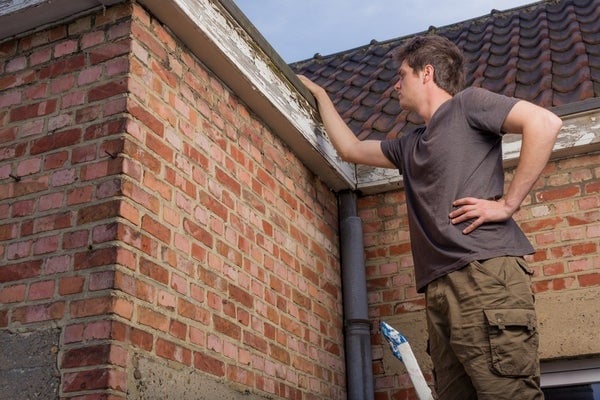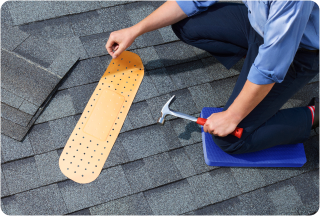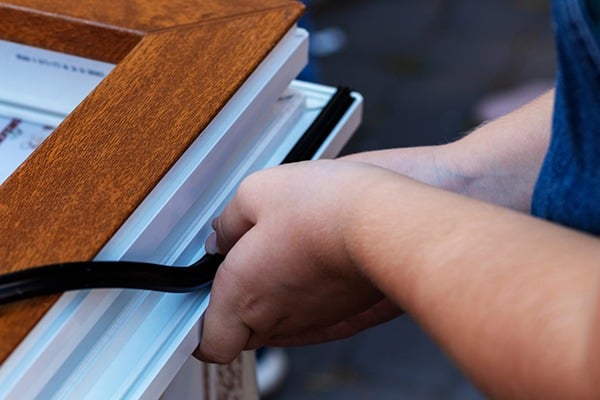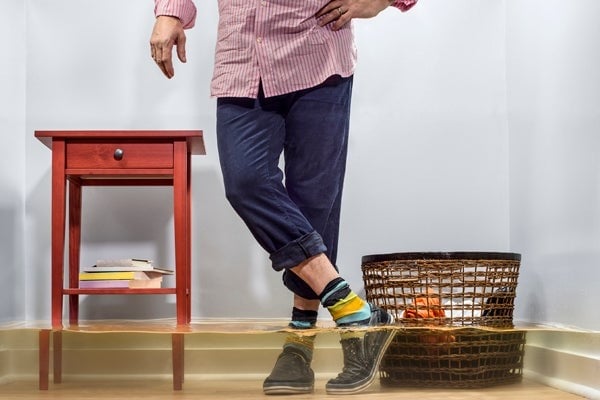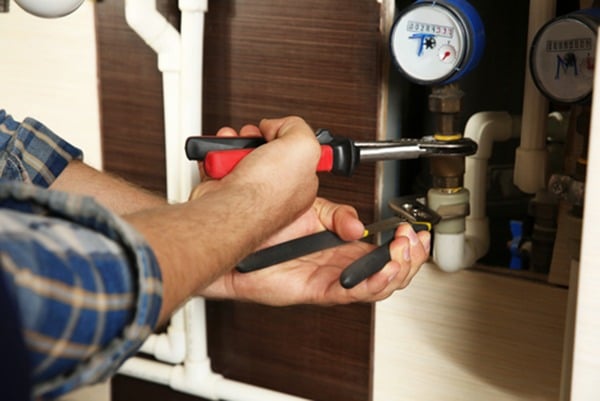A routine roof check is an essential homeowner box to check. A damaged or leaking roof can cause a lot of problems and even make your A/C work overtime. Use these tips to inspect your roof safely.
Your roof is one of the most important parts of your home. A well-maintained roof in good repair protects your home from water intrusion, which is why it’s so important to inspect your roof regularly. Use these five tips for how to perform a roof inspection on your own time.
1. Look for Algae, Moss, or Piles of Leaves
If you have binoculars, you can begin your DIY roof checkup from the ground. Start by walking around your house and checking your roof for piles of leaves or other growth or debris, all of which can cause serious damage to a roof. They can trap moisture, which can seep into the sheathing below your shingles and even into the structural elements of the roof itself. You should clear these away immediately.
Moss is especially dangerous because it soaks up rainwater like a sponge. The moisture can cause the wooden structure underneath your roof to mold and decay, which can compromise the structural integrity of your roof.
So, how do you get rid of pesky moss? You can apply moss killer and brush the offending moss away with a broom or brush, especially if the infestation is new. When you have your roof re-shingled, consider buying moss- and algae-resistant shingles—they may be more expensive than the regular shingles, but they can keep moss away for the lifetime of the roof.
2. Look for Buckled or Curled Shingles
Hot air in your attic can cause your shingles to warp, buckle, or curl. (This is typically an issue with asphalt shingles.) Misshapen shingles can compromise the integrity of your roof, letting in water and causing poor ventilation, so they should be replaced. If more than one-third of your shingles are curling during your roof inspection and repair process, it’s time to re-shingle the entire roof.
3. Check for Damaged, Missing, or Old Shingles
Missing or damaged shingles can also let water seep through your roof. If you have wooden shingles or wood shake shingles, inspect them for signs of dry rot, either from the ground or from a ladder (don’t walk on a wooden shingle or shake roof). Asbestos, slate, or clay tile roofs can suffer from breakage, so look for cracked, chipped, broken, or altogether missing shingles. If you’re performing a metal roof inspection, check for signs of corrosion, rust, stress wrinkling, or other wear.
If you have asphalt shingles, check for signs of wear as you clean your gutters. Asphalt contains gravel-like granules. As the shingles age, these granules will break free and find their way into your gutters. If you see a lot of asphalt granules in your gutters, check the roof carefully for damaged or missing shingles.
